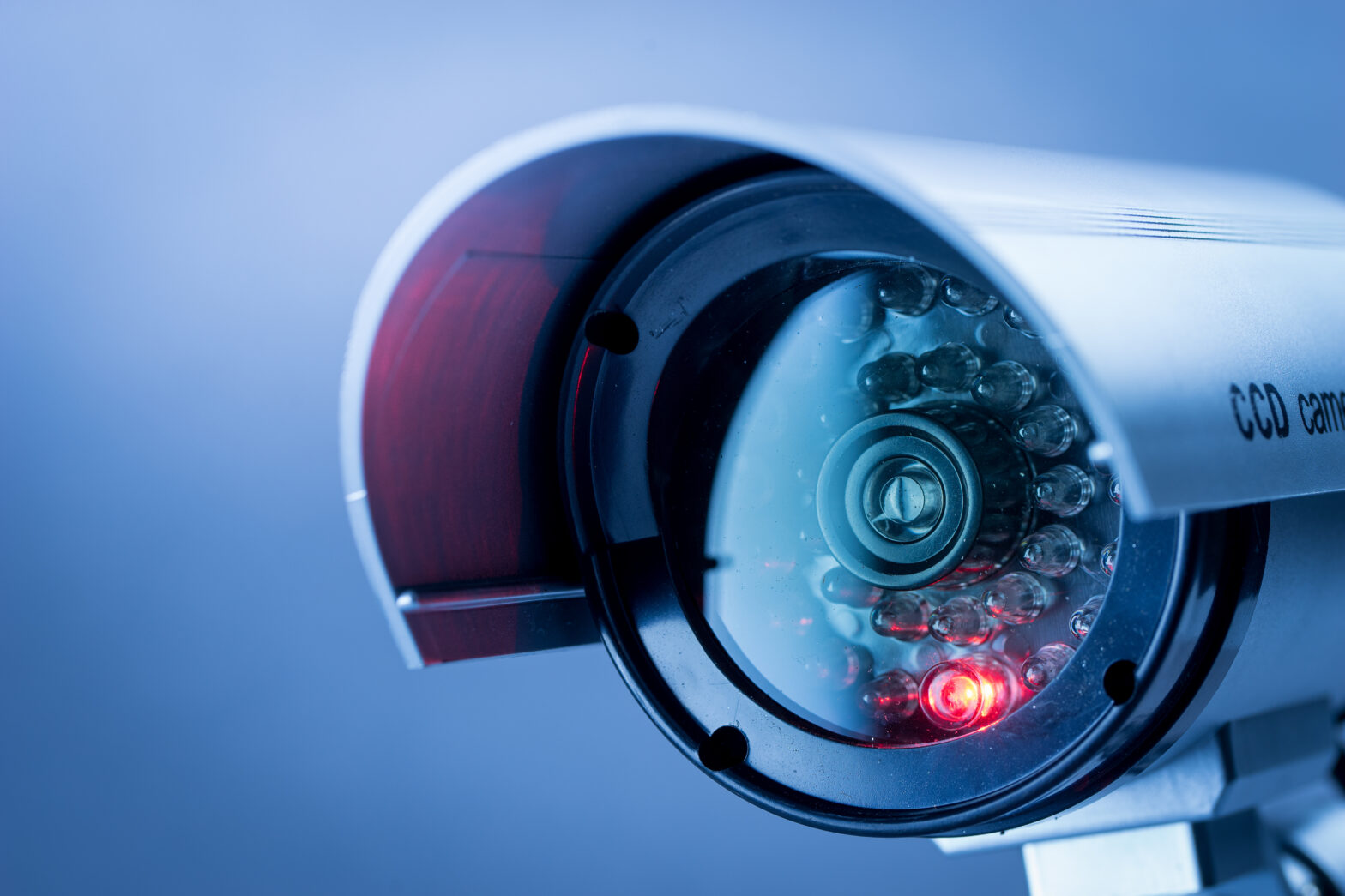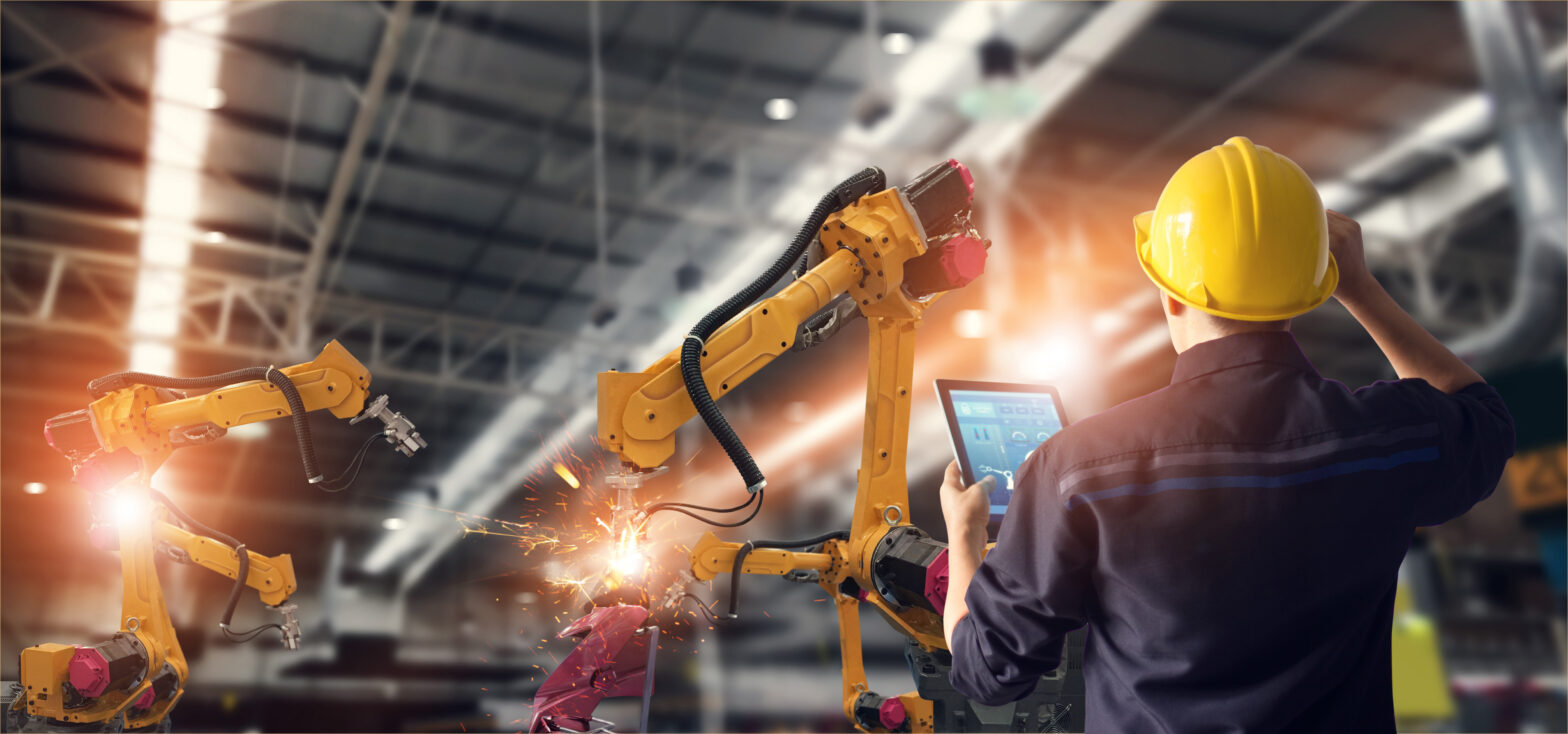It’s simply not possible for site managers to monitor all activity taking place on busy construction sites, making CCTV one of the most valuable tools for management to have at their disposal. Whilst it is primarily used as a security system, CCTV arguably offers the most efficient means of construction site management.
Health and safety
Construction site managers have a legal duty to know who is on their site and where they are at all times, which is especially important in the event of an emergency.
Construction sites, by nature of the type of work being, are also hazardous places – not just for workers but also visitors and even members of the public who live or work in close proximity. Consequently, the risk of accidents is an ever-present concern, despite all the actions that are taken to prevent/minimise such events.
>See also: Still watching: corporate CCTV in the digital era
In essence, a CCTV system provides an extremely effective way of monitoring an entire construction site and allows the management team to observe activities in real time or via recorded data. Apart from contributing towards improving site safety and security, CCTV footage can provide undisputed evidence with regards issues such as controversy around on-site accidents, aggressive behaviour, disputes, bullying, dangerous acts or omissions, theft, horseplay etc.
If budget constraints are an issue, the use of supplementary dummy cameras and additional CCTV signage may be worth considering, though it will not outweigh the benefits of a fully operational and site wide system.
Security & surveillance
With 365, 24 hour surveillance capability, CCTV is an obvious solution to construction site security. Camera positioning is also an important consideration to ensure it offers full coverage of the site, as is choosing a combination of camera type – fixed, movable, wide angle, close-up feature recognition etc.
CCTV signage is of course a legal requirement to warn anyone entering the site that they are being watched – including employees and visitors, and even trespassers, vandals or those with criminal intent.
High resolution CCTV that can even provide face recognition footage – an important factor to consider, especially if the police require evidence to pursue a criminal offence.
>See also: Building a security programme that works
Without a CCTV system, construction companies may struggle to effectively manage site security and may become a target for theft and vandalism.
To further secure your site, you could choose a CCTV system that includes an automatic number plate recognition (ANPR) camera. These cameras can be programmed to read vehicle number plates, only granting access to pre-approved vehicles. The camera is connected to an access control barrier, so that if any unauthorised vehicle attempts to enter the site, security will be alerted to investigate the situation. This allows access to the site to be continuously monitored and can significantly reduce on-site crime.
CCTV can be so much more than a surveillance tool, it offers top-level management of construction sites, so that they can be controlled and monitored. This will not only reduce the risk of crime, but can improve internal safety and security procedures.
Recording accidents
Modern CCTV systems allow site-activity to be recorded and viewed at a later date. Such footage can then be used to review any accidents or near-misses, and with frame-by-frame playback, a detailed analysis can be carried out to determine the root cause of the incident.
Such evidence can be used to support accident reports, legal disputes arising from injury at work and information for taking disciplinary action, should it be required.
As well as being used as a method to disclose responsibility, CCTV can also be used to identify corrective and preventative actions, to ensure the incident does not repeat itself in the future. The video evidence will show exactly how the incident occurred, so that the risk of injury can be eliminated or reduced. Often in construction, machinery malfunction is the cause of accidents and CCTV systems are ideal for monitoring such occurrences.
>See also: Data management’s role in the future of smart cities
Should an accident occur, management can analyse the event, determining whether it was a result of human error, or equipment failure, and they can then take the appropriate measure to avoid it from happening again. By thoroughly assessing incidents in this way, construction companies can significantly reduce the quantity and frequency of accidents on-site, as well as gaining a better understanding of why any existing safety precautions have failed, and how they can be improved.
Gain real time feedback
When analytical software is installed, it automatically realises the environment and can discount distractions, such as disruptions caused by weather. This intelligent system measures and compares site parameters in real time and applies its knowledge of the environment to recognise behaviours, or activities that are not familiar. If something is breached, the system can send an audio, or SMS alert to the site’s security manager.
For example, the system can provide data on how many people are currently on the site, alerting security should there be additional bodies present. Tracking who is currently working on the construction site, by using a ‘sign in/out’ process, is vital in the case of an emergency, like a fire, so that everyone can be accounted for. Analytic software can limit this risk. If an employee fails to sign-in, the system will swiftly alert the security team.
Sourced by Lewis Nelson, manager at LRN Distribution, supplier of satellite and security equipment in the UK.







